WIRELESS ENERGY TRANSITION
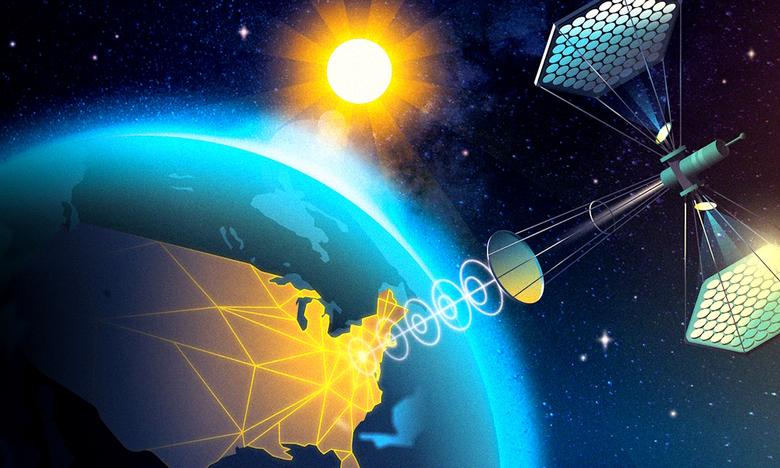
РЕЙТЕР -
-----
Раньше:

2018, March, 14, 11:45:00
REUTERS - U.S. West Texas Intermediate (WTI) crude futures CLc1 were at $60.77 a barrel at 0753 GMT, up 6 cents, or 0.1 percent, from their previous settlement. Brent crude futures LCOc1 were at $64.62 per barrel, down just 2 cents from their last close.
|

2018, March, 7, 15:00:00
РЕЙТЕР - К 9.17 МСК фьючерсы на североморскую смесь Brent опустились на 0,85 процента до $65,23 за баррель. Фьючерсные контракты на американскую лёгкую нефть WTI к этому времени торговались у отметки $62,07 за баррель, что на 0,85 процента ниже предыдущего закрытия.
|

2018, March, 7, 14:00:00
EIA - North Sea Brent crude oil spot prices averaged $65 per barrel (b) in February, a decrease of $4/b from the January level and the first month-over-month average decrease since June 2017. EIA forecasts Brent spot prices will average about $62/b in both 2018 and 2019 compared with an average of $54/b in 2017.
|

2018, March, 5, 11:35:00
РЕЙТЕР - К 9.28 МСК фьючерсы на североморскую смесь Brent поднялись на 0,33 процента до $64,58 за баррель. Фьючерсные контракты на американскую лёгкую нефть WTI к этому времени торговались у отметки $61,44 за баррель, что на 0,31 процента выше предыдущего закрытия.
|

2018, March, 4, 11:30:00
МИНФИН РОССИИ - Средняя цена нефти марки Urals по итогам января – февраля 2018 года составила $ 65,99 за баррель.
|

2018, February, 27, 14:15:00
РЕЙТЕР - К 9.18 МСК фьючерсы на североморскую смесь Brent опустились на 0,15 процента до $67,40 за баррель. Фьючерсные контракты на американскую лёгкую нефть WTI к этому времени торговались у отметки $63,80 за баррель, что на 0,17 процента ниже предыдущего закрытия.
|

2018, February, 27, 14:05:00
МИНФИН РОССИИ - Средняя цена на нефть Urals за период мониторинга с 15 января по 14 февраля 2018 года составила $66,26457 за баррель, или $483,7 за тонну.
|
WIRELESS ENERGY TRANSITION

By ALEX BOYD CEO, PSC
ENERGYCENTRAL - Aug 3, 2023 - More than 120 years ago, Nikolai Tesla, the great electrical pioneer, promulgated the idea of wireless energy transmission. Tesla went as far as building a vast transmission tower in Shoreham, on New York’s Long Island. Although Tesla never realized his dream, his ideas have not been forgotten. Scientists and engineers still dream of wireless energy transmission, but on a grander scale than even the visionary Tesla had considered. Now, wireless power is reaching for the stars. Earlier this year, Scientists at CalTech launched the Microwave Array for Power-transfer Low-orbit Experiment (MAPLE) into orbit. MAPLE has already proven the ability to broadcast power from space as one of three pivotal technologies being tested by the Space Solar Power Demonstrator. The idea behind the project is to launch orbiting solar panels that would be permanently in sunlight and used to power terrestrial demand.
Beaming space-based solar power is also on the radar of New Zealand-based EMROD, which is developing its own microwave long-range wireless power transfer technology. They also plan to create a Worldwide Energy Matrix (WEM) power transmission system to connect renewable generation with consumers worldwide. Last year, EMROD began work on a field demonstration in Taranaki in partnership with energy distribution company Powerco before the project was postponed and testing moved to Europe. Meanwhile, the US military technology agency DARPA is working on wireless power beaming with its Persistent Optical Wireless Energy Relay (POWER) program, which aims to design and demonstrate airborne optical energy relays to power military forward bases and other infrastructure.
If this all sounds rather high-tech and futuristic, it’s worth noting that the same technology already underpins the wireless networks that we are all very familiar with. And, while wireless transmission won’t entirely replace conducting cables any time soon, with their commercial development edging closer, they will almost certainly have a role to play. High-value applications or in areas where essential grid reinforcements are needed but conventional network infrastructure is too difficult or too time-consuming to develop are obvious examples suited to a wireless solution. There’s no doubt Tesla was far ahead of his time, but a century later, we’ve caught up, and his futuristic dreams are finally becoming reality.
-----
This thought leadership article was originally shared with Energy Central's Clean Power Community Group. The communities are a place where professionals in the power industry can share, learn and connect in a collaborative environment. Join the Clean Power Community today and learn from others who work in the industry.
Earlier:
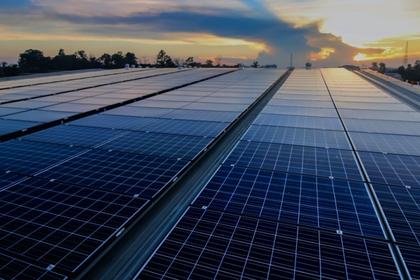
2023, July, 28, 06:55:00
GLOBAL SOLAR MARKET INSTABILITY
These projects total 167 gigawatts of new generation capacity. The total monetary value is estimated to be $33 billion. That is assuming they get built.

2023, July, 21, 06:50:00
GLOBAL CLIMATE WANT MONEY
BNEF estimates that the global annual green investments would need to almost triple to $6.9 trillion by 2030 to have any hope of getting to net zero by 2050.
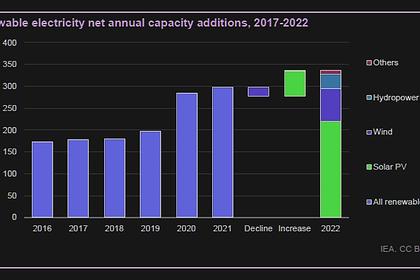
2023, June, 16, 06:50:00
GLOBAL RENEWABLES UP BY 107 GW
Global renewable capacity additions are set to soar by 107 gigawatts (GW), the largest absolute increase ever, to more than 440 GW in 2023.
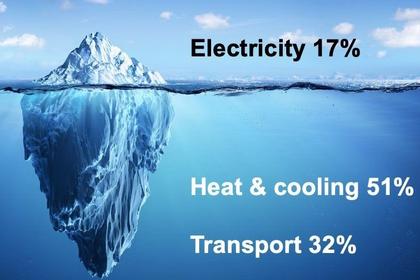
2023, June, 9, 06:30:00
GLOBAL ENERGY CHALLENGES
As the energy transition/energy addition continues, many changes are occurring that will impact the performance of grid reliability.
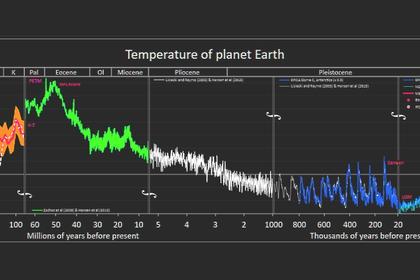
2023, June, 2, 06:50:00
GLOBAL CLIMATE SCAM
Last fall, when the Institute for Energy Economics and Financial Analysis looked into the world’s 13 “flagship, large-scale” CCS projects, representing about 55% of global carbon capture capacity, it found that seven of the 13 projects underperformed, two failed outright, and one had to be mothballed.
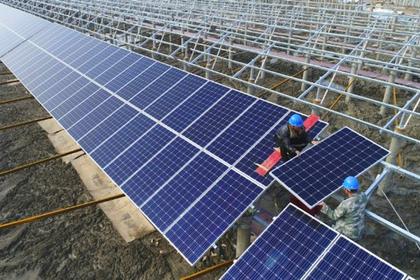
2023, June, 2, 06:45:00
GLOBAL RENEWABLE MADNESS
Wind and solar need to be backed up, close to 100 per cent, by some other means of power generation. If that backup is provided by open-cycle gas or worse, coal, net zero will never be achieved: nor anything very close to it.
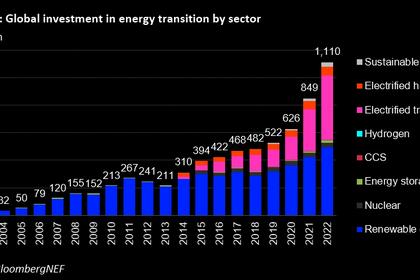
2023, June, 2, 06:40:00
GLOBAL CLEAN ENERGY INVESTMENT
"For every dollar invested in fossil fuels, about 1.7 dollars are now going into clean energy. Five years ago, this ratio was one-to-one," Birol said.
All Publications »
Tags:
ENERGY,
ENERGY TRANSITION,



















